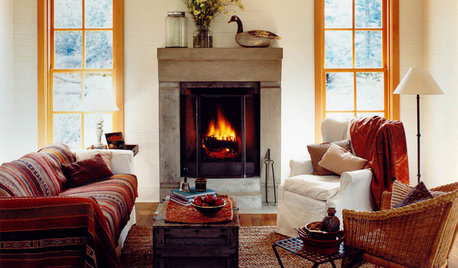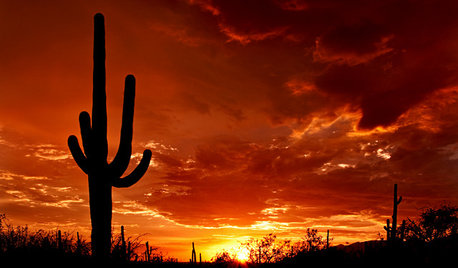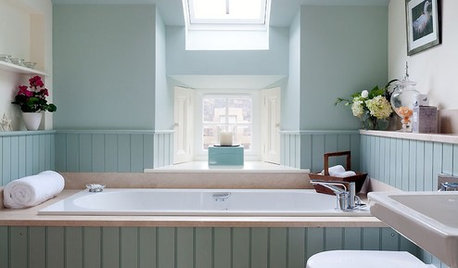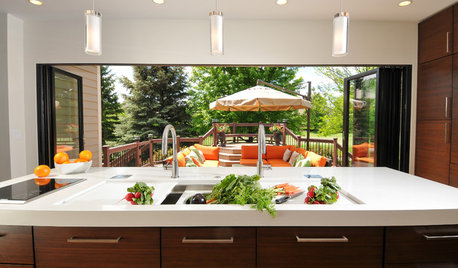Triple Crown Blackberries and winter
svachon
9 years ago
Related Stories

SHOP HOUZZShop Houzz: Stay Warm and Toasty All Winter Long
When the weather’s frightful, you’ll be glad for these pillows, throws, candles and more
Full Story
GARDENING GUIDESMeet the Mighty Saguaro of the Desert Landscape
You’ve seen its form in films, on souvenirs and much more. Now get to know this iconic cactus of the Sonoran Desert
Full Story
SMALL SPACES10 Tips for Chic Little Bathrooms
Get more visual appeal and storage in less space, following the lead of these stylish compact bathrooms
Full Story
PAINTINGKnotty to Nice: Painted Wood Paneling Lightens a Room's Look
Children ran from the scary dark walls in this spare room, but white paint and new flooring put fears and style travesties to rest
Full Story
FALL GARDENING7 Reasons Not to Clean Up Your Fall Garden
Before you pluck and rake, consider wildlife, the health of your plants and your own right to relax
Full Story
HOUSEPLANTSHow to Grow Orchids Indoors
Orchids are the exotic aristocrats of the flower world and can make themselves comfortable in almost any home
Full Story
EDIBLE GARDENSSummer Crop: How to Grow Blueberries
Plant blueberries in spring or fall for garden beauty through three seasons — and a sweet superfood in summer
Full Story
GARDENING GUIDESHow to Switch to an Organic Landscape Plan
Ditch the chemicals for a naturally beautiful lawn and garden, using living fertilizers and other nontoxic treatments
Full Story
GROUND COVERSGive Your Lawn a Taste of the Wild
Consider the joys of an irregularly trimmed meadow lawn: It’s ecofriendly, visually interesting and still good for romping
Full Story
KITCHEN DESIGNKitchen of the Week: Traditional Kitchen Opens Up for a Fresh Look
A glass wall system, a multifunctional island and contemporary finishes update a family’s Illinois kitchen
Full StoryMore Discussions








larry_gene
2ajsmama
Related Professionals
Reading Landscape Architects & Landscape Designers · Hershey Landscape Architects & Landscape Designers · Lyons Landscape Architects & Landscape Designers · Maple Heights Landscape Architects & Landscape Designers · Coeur d'Alene Landscape Contractors · Golden Landscape Contractors · Indianapolis Landscape Contractors · Kearny Landscape Contractors · Laguna Hills Landscape Contractors · New Baltimore Landscape Contractors · Oak Harbor Landscape Contractors · Round Lake Landscape Contractors · Spring Landscape Contractors · Tinton Falls Landscape Contractors · Forest Hill Landscape Contractorsdrew51 SE MI Z5b/6a
drew51 SE MI Z5b/6a
jtburton
drew51 SE MI Z5b/6a
svachonOriginal Author
drew51 SE MI Z5b/6a
RedSun (Zone 6, NJ)
jtburton
alexander3_gw
jtburton
drew51 SE MI Z5b/6a
jtburton
larry_gene
drew51 SE MI Z5b/6a
svachonOriginal Author
alan haigh
drew51 SE MI Z5b/6a
svachonOriginal Author
drew51 SE MI Z5b/6a
northwoodswis4
drew51 SE MI Z5b/6a